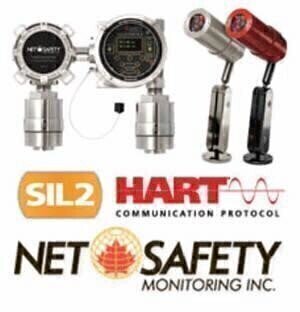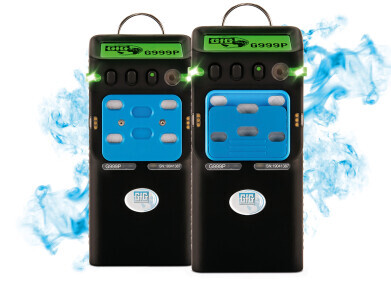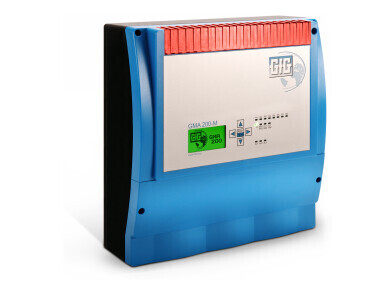Safety
New Solution for the HART Communication Protocol with Entire Line of Explosion Proof Flame Detectors
Mar 26 2010
The HART (Highway Addressable Remote Transducer) Protocol is the global standard for sending and receiving digital information across a 4-20 mA analogue signal between smart devices and a control/monitoring system. It is a field-proven, bi-directional communication protocol carried over the same wiring that is typically used for conventional analog instruments, with no disruption of the integrity of the 4-20mA signal and no rewiring required. Data is quickly and easily communicated between our intelligent flame detectors and practically any compatible host system. A host can be any software application, from a technician’s hand-held device or laptop to a plant’s process control, asset management, or safety system platform.
In addition to the inherent instrument alarm function, the HART protocol permits remote access to the configuration, diagnostics, as well as maintenance and alarm records of any networked Net Safety (Canada) flame detector. Field operators can accurately assess device conditions and prepare for routines before traveling into the field. One of the unique features of the Net Safety HART solution is an easily accessible separated input option. Most flame detectors installed in the field are mounted close to ceilings in order to effectively monitor hazardous areas. Our separated input option gives field-operators a direct, ground-level input to NetSafety flame detectors using any remote HART host device, such as a hand-held communicator or laptop.
Developed for use in a wide range of industrial applications requiring accurate explosion-proof flame detection, the entire line of Net Safety detectors support oil & gas production, refining, distribution, and storage operations as well as chemical processing, aircraft hangars, and electrostatic spray paint booths to name a few. The Net Safety UV/IR flame detector monitors both the ultraviolet (UV) and infrared (IR) spectral ranges, providing high immunity to false alarms due to lightning, arc welding, hot body objects and other sources of radiation. The UV flame detector monitors only the ultraviolet (UV) spectral range for optimised speed of response. Both the UV and UV/IR flame detectors are also available in specially tuned H2 flame detector versions which can detect invisible hydrogen and silane flame. Net Safety’s Phoenix Triple Infrared flame detector delivers the ultimate safety, security and performance for any application. The Phoenix uses no external reflector for routine visual integrity checks - no other detector on the market can offer this advanced technology, which greatly reduces faults and maintenance especially in extreme applications where salt, heavy rain, sand or snow are constantly present. It has the lowest power consumption of any competitive product and is engineered to perform even in the most extreme conditions. With a full 90 degree certified field of view and extended detection ranges, field adjustable sensitivity and time delay, proprietary Automatic Digital Zone (ADZ) technology and the highest immunity possible to hot body radiation, lightning, arc welding and sunlight - the Net Safety Phoenix Triple IR is setting the new standard for industrial grade multi-spectrum IR flame detection.
Digital Edition
PIN 25.1 Feb/March
March 2024
In This Edition Safety - The technology behind the ION Science Tiger XT - Safety with ammonia and LOHCs as hydrogen carriers Analytical Instrumentation - Discussion on new tribology te...
View all digital editions
Events
Apr 22 2024 Hannover, Germany
Apr 22 2024 Marrakech, Morroco
Apr 22 2024 Muscat, Oman
Apr 22 2024 Rotterdam, Netherlands
Apr 23 2024 Singapore


.jpg)















